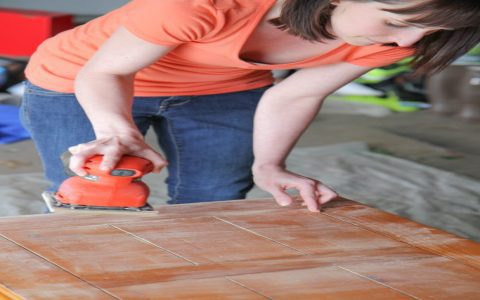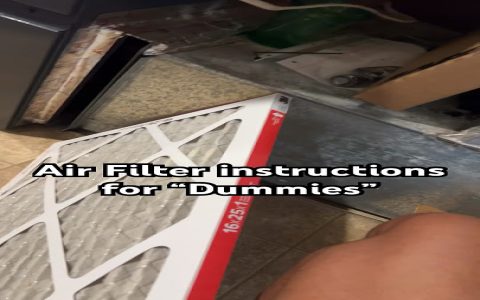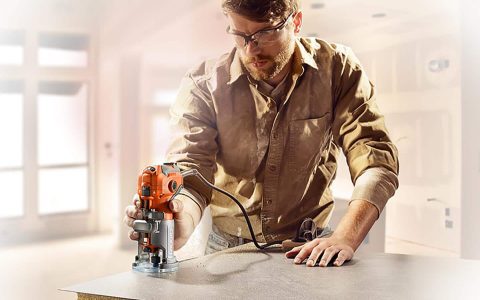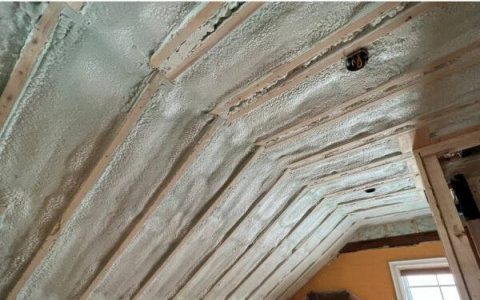Painting particle board requires proper preparation to ensure a durable and attractive finish. Due to its porous nature and tendency to swell with moisture, specific steps must be followed.
Surface Preparation
This is the most critical stage for a successful paint job on particle board.
- Cleaning: Thoroughly clean the particle board surface. Remove any dust, dirt, grease, or grime using a mild detergent solution or a specialized wood cleaner. Ensure the surface is completely dry before proceeding.
- Sanding (if necessary): If the particle board has a laminate or melamine coating, or if it's rough, lightly sand the surface with fine-grit sandpaper (120-220 grit). This helps to de-gloss the surface and create a better texture for primer adhesion. Wipe away all sanding dust with a tack cloth or a slightly damp cloth. Be gentle to avoid damaging the particle board. For raw particle board, a very light sanding can smooth any minor imperfections.
- Filling Imperfections: Fill any holes, dents, or significant imperfections with a wood filler suitable for particle board. Allow it to dry completely as per the manufacturer's instructions, then sand smooth.
Priming
Do not skip priming. Particle board is highly absorbent and can soak up paint unevenly, leading to a blotchy finish. It can also swell when exposed to water-based products directly.
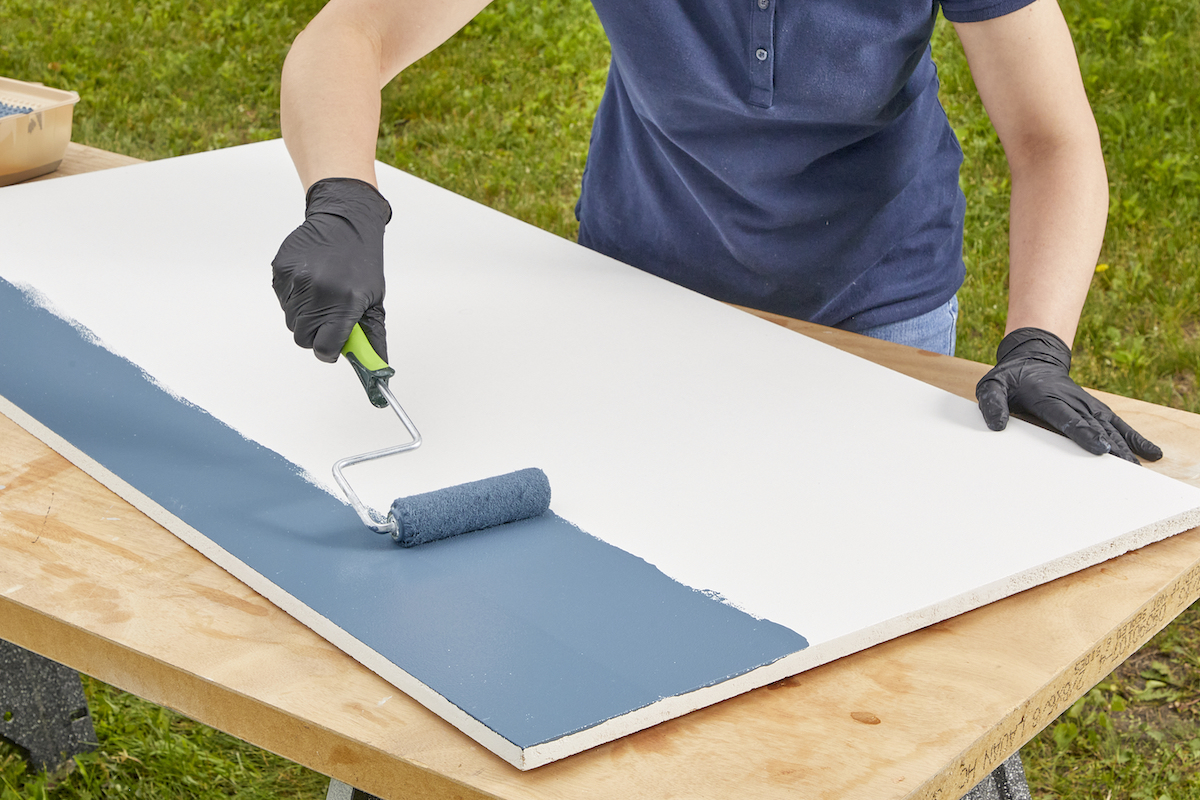
- Primer Choice: Use a high-quality oil-based or shellac-based primer. These types of primers are excellent for sealing the porous surface, preventing swelling, and blocking any stains or resins from bleeding through the topcoat. Water-based primers are generally not recommended as a first coat directly on raw particle board.
- Application: Apply one to two even coats of primer using a brush, roller, or sprayer. Ensure complete coverage, especially on edges which are more porous. Allow the primer to dry thoroughly according to the manufacturer’s instructions. Lightly sand the primed surface with fine-grit sandpaper (220 grit) for an extra smooth base if desired, then wipe clean.
Painting
Once the primer is fully cured, you can apply your chosen topcoat.
- Paint Choice:
- Latex (water-based) paint: Can be used over a fully cured oil-based or shellac primer. It offers easy cleanup and lower VOCs. Choose a quality acrylic latex paint for good durability.
- Oil-based paint: Offers excellent adhesion and durability, providing a hard, smooth finish. However, it has stronger odors and requires mineral spirits for cleanup.
- Application:
- Apply the paint in thin, even coats. Two or more thin coats are preferable to one thick coat, which can lead to drips and longer drying times.
- Use a brush, roller (a short-nap roller works well), or paint sprayer suitable for the type of paint you are using.
- Allow each coat to dry completely as per the paint manufacturer's instructions before applying the next.
- For an exceptionally smooth finish, lightly sand between coats (after drying) with very fine-grit sandpaper (e.g., 220 grit or finer), and wipe away dust before the next coat.
Optional: Topcoat/Sealer
For added durability, especially for surfaces that will see a lot of wear (like tabletops or shelves), consider applying a clear protective topcoat.
- Choose a topcoat compatible with your paint (e.g., water-based polyurethane over latex paint, oil-based polyurethane over oil-based paint).
- Apply one to two thin coats, following the manufacturer's instructions for application and drying times.
Key Considerations:
- Ventilation: Always work in a well-ventilated area, especially when using oil-based primers and paints.
- Drying Times: Adhere strictly to the drying times recommended by the primer and paint manufacturers. Rushing this can compromise the finish.
- Edges: Pay special attention to the edges of particle board, as they are particularly porous and may require extra primer and paint.

